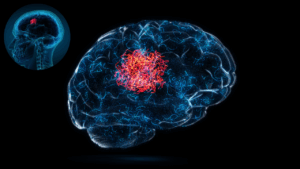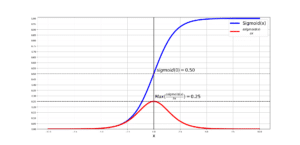ECML-PKDD-2019 on EBFDD networks for Anomaly Detection
This paper introduces the Elliptical Basis Function Data Descriptor (EBFDD) network, a one-class classification approach to anomaly detection based on Radial Basis Function (RBF) neural networks. The EBFDD network uses elliptical basis functions, which allows it to learn sophisticated decision boundaries while retaining the advantages of a shallow network. We have proposed a novel cost function, whose minimisation results in a trained anomaly detector that only requires examples of the normal class at training time. The paper includes a large benchmark experiment that evaluates the performance of EBFDD network and compares it to state of the art one-class classification algorithms including the One-Class Support Vector Machine and the Isolation Forest. The experiments show that, overall, the EBFDD network outperforms the state of the art approaches.
You can download the video here: download video
You can download a pdf of the slides here: download the slides
Author: Mehran
Dr. Mehran H. Bazargani is a researcher and educator specialising in machine learning and computational neuroscience. He earned his Ph.D. from University College Dublin, where his research centered on semi-supervised anomaly detection through the application of One-Class Radial Basis Function (RBF) Networks. His academic foundation was laid with a Bachelor of Science degree in Information Technology, followed by a Master of Science in Computer Engineering from Eastern Mediterranean University, where he focused on molecular communication facilitated by relay nodes in nano wireless sensor networks. Dr. Bazargani’s research interests are situated at the intersection of artificial intelligence and neuroscience, with an emphasis on developing brain-inspired artificial neural networks grounded in the Free Energy Principle. His work aims to model human cognition, including perception, decision-making, and planning, by integrating advanced concepts such as predictive coding and active inference. As a NeuroInsight Marie Skłodowska-Curie Fellow, Dr. Bazargani is currently investigating the mechanisms underlying hallucinations, conceptualising them as instances of false inference about the environment. His research seeks to address this phenomenon in neuropsychiatric disorders by employing brain-inspired AI models, notably predictive coding (PC) networks, to simulate hallucinatory experiences in human perception.








Responses